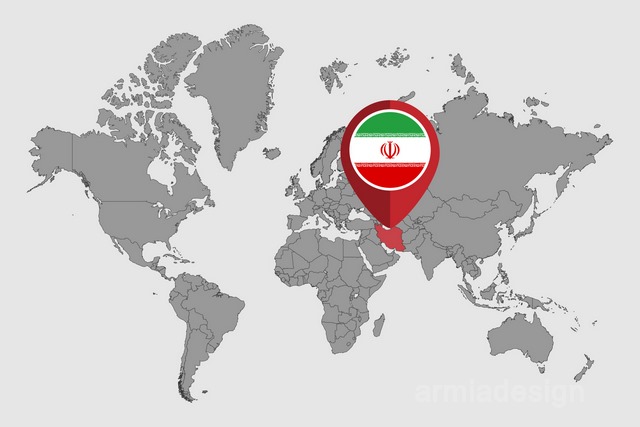sea news–Iran has been seeking to increase its influence in the strategic regions of the Middle East and the Horn of Africa in recent years. A key tool in this strategy is the control of critical global waterways that stretch from the Red Sea and the Gulf of Aden to the Indian Ocean. These efforts aim to bolster Iran’s economic presence in these strategic areas, leading to the formation of a “maritime crescent” that can ensure the interests of regional countries and affect global powers.
**Yemen**
A key point in this strategy is the Bab-el-Mandeb Strait near the coast of Yemen. Through its military presence in this waterway, Iran has curbed the expansion of maritime piracy, thereby creating relative security for shipping.
**Sudan**
Iran’s efforts to expand its maritime influence are not limited to the coast of Yemen. Iran is inevitably developing economic ties and establishing international trade relations with regional countries. In recent months, there have been negotiations between Iran and Sudan to establish and develop a maritime economic and commercial base in Sudan. This base would allow Iran greater control over Red Sea shipping routes and strengthen its strategic presence in the region.
**Eritrea**
Eritrea, located in East Africa with long coastlines along the Red Sea, is another strategic point for Iran. It is essential for Iran to use Eritrean ports for logistical and commercial support of its economy. Access to Eritrean ports allows Iran to increase its influence in the Red Sea and enhance the security of maritime transport routes.
**Somalia**
Iran has made efforts to establish relations with autonomous regions in Somalia, such as Puntland. These regions, with their strategic positions in the Gulf of Aden, can play a significant role in strengthening Iran’s maritime crescent and expanding international trade with the African continent.
**Oman**
Through the Strait of Hormuz, one of the world’s most important waterways for energy transfer, Iran has significant influence over controlling this critical route. Although Oman is not politically influenced by Iran and has always acted as a neutral country and a strategic partner, its geographical location near the Strait of Hormuz means that any cooperation or tension in this area greatly impacts global maritime and energy security.
**Pakistan**
Although the Gwadar port in Pakistan is officially controlled by China and part of the China-Pakistan Economic Corridor (CPEC) project, its proximity to Iran’s borders and the economic and security cooperation between Iran and Pakistan can benefit Iran’s maritime strategy.
**Syria**
Syria plays a crucial role in Iran’s maritime crescent strategy and is considered a key point in this geopolitical plan. Since the beginning of the Syrian civil war in 2011, Iran has provided extensive political and economic support to the government of Bashar al-Assad. Iran’s presence has enabled the establishment of logistical bases in various parts of Syria, especially near the Mediterranean coast.
**Cooperation with Russia**
Iran and Russia act as close allies in Syria. Strategic cooperation between these two countries in Syria has helped strengthen Iran’s presence in the Mediterranean and improve Iran’s economic and logistical capabilities in the region.
By utilizing these strategic points, the Islamic Republic of Iran can form a maritime crescent, ensuring the security of its fleet and that of other nations, and gaining a crucial role in controlling vital waterways in the Red Sea, Gulf of Aden, and beyond. This strategy allows Iran to expand its influence in the region and impact global trade and energy transfer.

